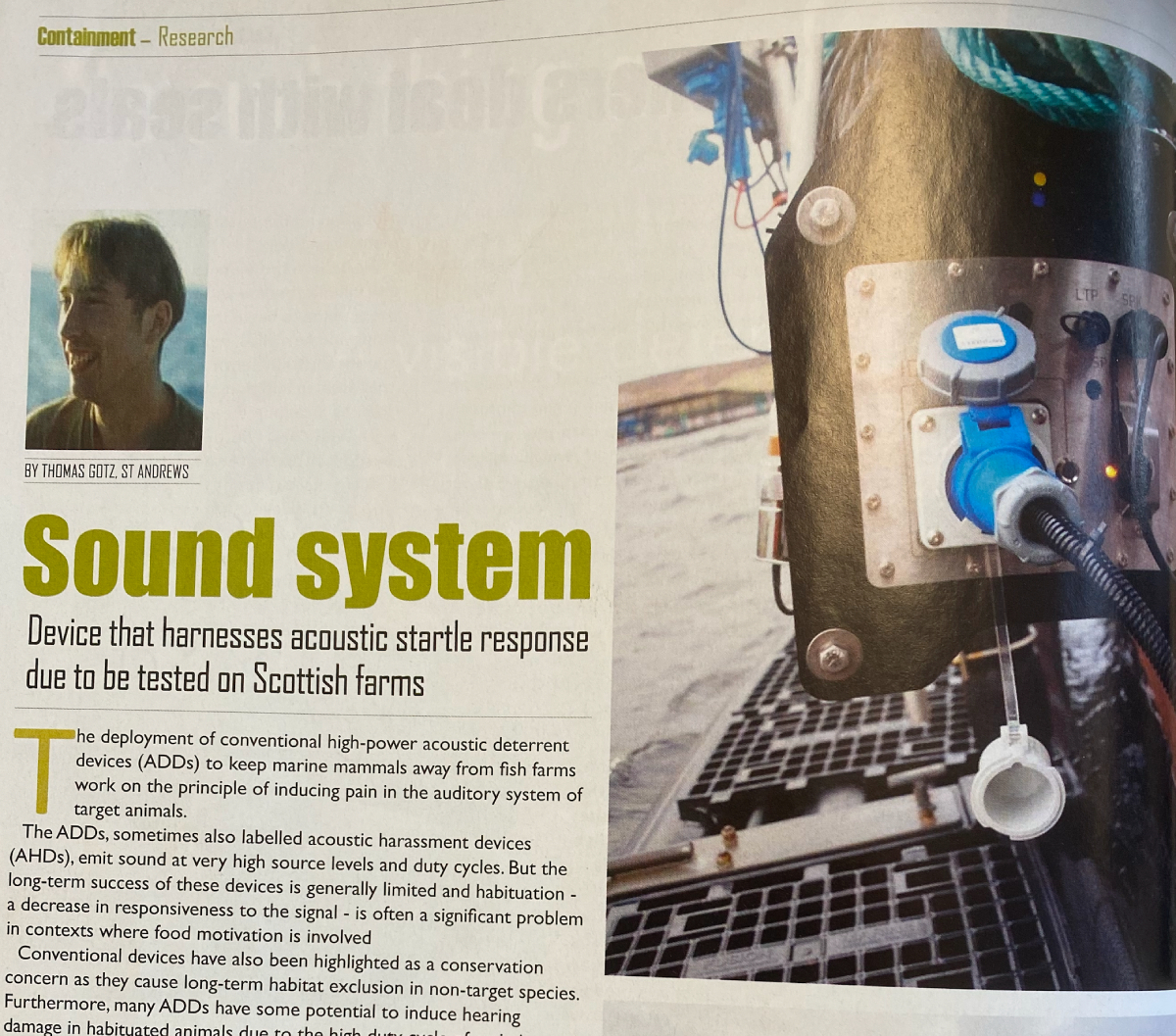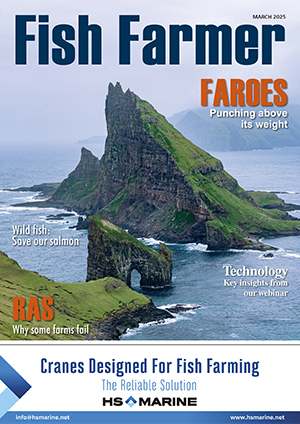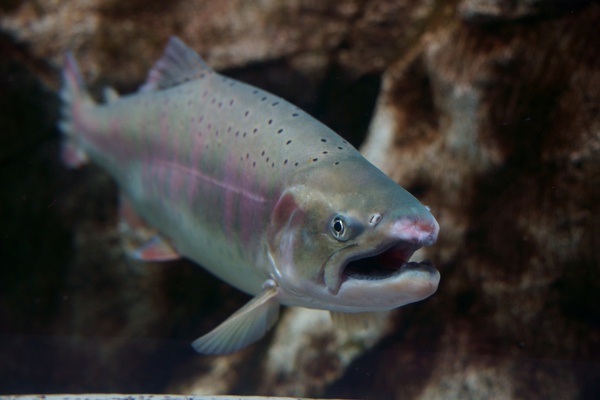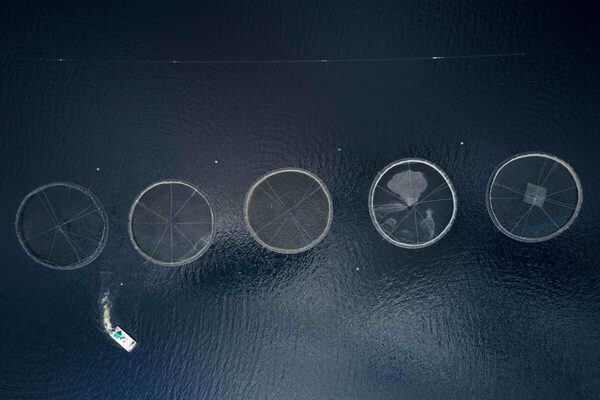Looking Back: Sound system
November 2015

For many years, acoustic deterrent devices (ADDs) were seen as a humane alternative to keep farmed fish safe from predators, especially seals. By emitting a constant sound frequency that seals dislike – but fish can happily ignore – the mammals could be kept at bay.
Unfortunately, it turned out not to be so simple. The early ADDs were seen to be disruptive for number of different marine mammal species, including dolphins, whales and porpoises which are not generally seen as a threat to farmed fish.
Another problem was that in some cases, while seals disliked the sound, they learned that it indicated the presence of food and so were attracted to it: the so-called “dinner bell” phenomenon.
In an article for Fish Farmer back in 2015, Thomas Gotz of the University of St Andrews explained how he and his colleagues had developed an alternative approach: targeted acoustic startle technology (TAST). This detects the presence of seals and emits a sudden, unexpected sound which the animals react to fearfully. The frequency is carefully set so as to have the maximum impact on the target species, without causing distress to other marine mammals.
Genuswave, the company that developed and marketed the technology, was due to deploy the system at three salmon farms in 2016.
Since then, Genuswave has brought TAST to the market, offering a solution not only for aquaculture operators but also for other sectors such as offshore energy and fisheries. Other companies, such as Ace Aquatec, have also developed their own alternative deterrents.
While such systems are now in use overseas, however, in Scotland regulators are still weighing up whether the new systems will be permitted for use in aquaculture. For the smart minds that created this technology, it must be a frustrating situation.




